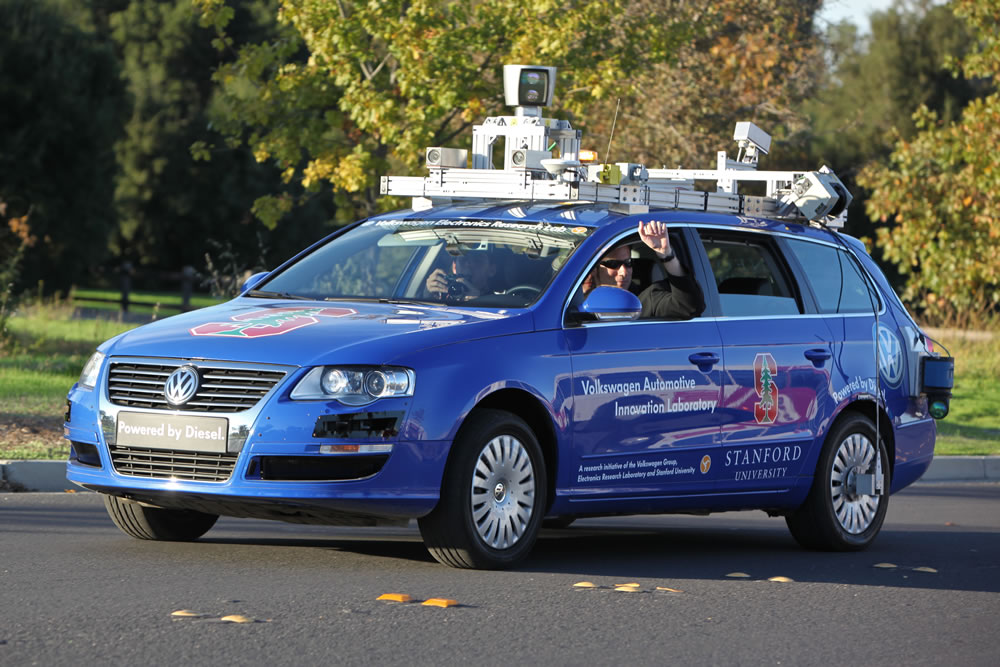If you hate to drive, in a few years that shouldn’t be too much of a problem. Driverless cars are quickly becoming a reality and more than likely will be available within your lifetime.
Artificial Intelligence
Whether or not a driverless car can make the correct decisions in a given situation will really determine how quickly autonomous cars become the standard. In a perfect world where all cars were autonomous, these sorts of decisions would be much easier to predict. These driverless cars are able to sense where other cars are in relationship to themselves and are thus able to make a decision on what course of action to take, for instance, if it needs to exit. But as long as human drivers are on the road, the programing is going to have to be able to predict what the best decision is due to the ever present random element of human unpredictability.
So far, Google’s autonomous cars have had an extremely strong track record when it comes to collisions. In all but one instance to date, the Google cars have always been deemed as not at fault in a collision. As more and more real world data is collected, these companies are able to make their programs behave in a more realistic way to more naturally integrate with human drivers. This is the area where the most work needs to be done before autonomous cars are ready for the mainstream.
The Technology
Driverless cars are based on a bevy of innovative existing technologies that already allow a car to perform certain automatic functions. Each technology supports the other until the whole is greater than the sum of its parts.
Intelligence
The decision-making process is at the heart of driving a car such as determining when it is safe to change lanes or how quickly to stop and start in response to a traffic signal. How quickly these decisions are implemented changes how the passengers perceive the ride’s comfort level. Braking or accelerating too quickly and changing lanes aggressively are less than ideal for passengers. Google and other companies have aimed for designing a defensive driverless car that takes into account the comfort of the vehicle occupants.
Sensors
While the decision-making processes of these cars is amazing without the data input from the outside world, there isn’t a way to decide what to do. Many high-end cars have collision detection systems, especially in blind spots, to alert the driver before a collision occurs.
The sensor systems on driverless cars have to be equipped with these sensors but on steroids. The primary sensor uses Lidar, which works under the same principle as radar but uses light instead. In the case of the Google car, this is set on top of the car and is constantly scanning and feeding the distance information into the onboard computer. With this information, the car knows the location of all other cars are in a several lane radius, not just the lanes to their immediate left and right.
Cameras
After the car is able to determine where other cars are in relationship to itself, it needs to be able to stay within the lines. To achieve this objective, cameras are used to read the road markings and make adjustments to the car's placement between these lines.
GPS
The easiest and most ubiquitous technology driverless cars use is a GPS signal. This essentially provides a live feed of traffic conditions and directions for the duration of the trip. The real time traffic data can also be shared among the various driverless cars on the road, leading to smoother trips since the cars are then able to take different routes to ease congestion.
Driverless Cars Are Just Around the Corner





